Renault 5 EV and Renault 4 EV
The new Renault 5 is one of the best and most cunning pieces of retro design we’ve yet seen. Renault has worked out that it can only match the encroaching Chinese brands for tech, but what the Asians don’t have is heritage – hence why the new 5 EV looks like an original 1980s hatchback that’s been through a Blade Runner makeover.
Performance is decent too, with a 400km range for the bigger-battery model, and the pricing is sharp. Best of all, it’s fun to drive. The slightly larger Renault 4 EV is another retro badge car given an EV-era update – it looks just about enough like the original to pass muster and it’s usefully large and practical inside. As long as Renault gets the pricing right, and the new 4 EV doesn’t drift too far away from the original’s utilitarian usefulness, it’s likely to be another EV hit for Renault.
Alfa Romeo Junior
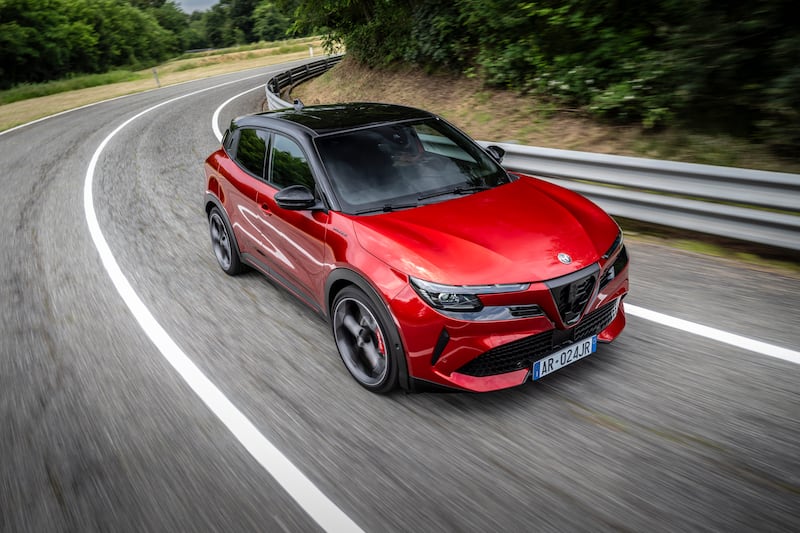
Alfa Romeo’s long-awaited compact crossover – a potential cash cow for the brand’s latest resurrection – will come with a selection of power-train options: a 136hp 1.2-litre petrol regular hybrid or an all-electric in either 156hp or 280hp output. EV range is promised to be 410km on a full charge of the 156hp version.
Externally, it blends the various Alfa design traits, particularly on the front nose and even the tall rear tailgate. Inside, there is a mix of stock Stellantis parts and distinctive Alfa attributes. The Junior is meant to bring together the practical priorities of range and family functionality with some of that historic magic and driving pleasure that lures so many loyal fans to this Italian brand. First impressions during early test drives suggest they might well have pulled it off.
READ MORE
Cupra Tavascan
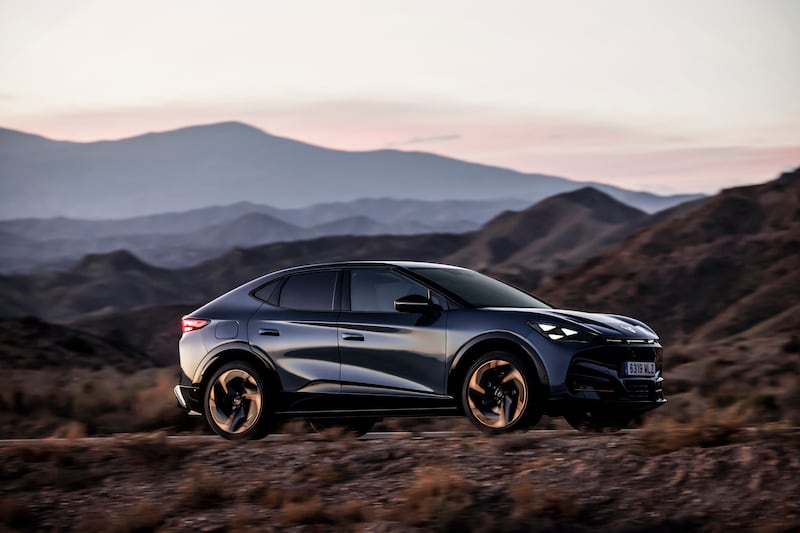
Cupra has long been billed as a performance and electric car brand, spun off from Seat, but so far Cupra has only offered us one all-electric model – the Born hatchback. Nice though that is, it’s about time we had more in the way of all-EV models from Cupra, and the first of those is the new Tavascan.
Named after a small racetrack near Barcelona, the Tavascan is basically Cupra’s version of the Volkswagen ID.4 – it uses the same 77kWh battery and gets the same 286hp electric motor as the Volkswagen ID.7 saloon. There’ll also be a 340hp four-wheel drive one, but the rear-drive model will likely be the best seller, not least as it will offer 550km of range.
The styling is all angles and sharp edges, while inside, the dashboard looks as if a huge Manta-Ray has fallen asleep in the middle of the cabin. Will buyers flock from VW, Skoda, and Audi to a sporty(ish) Cupra? We shall see.
Kia EV3
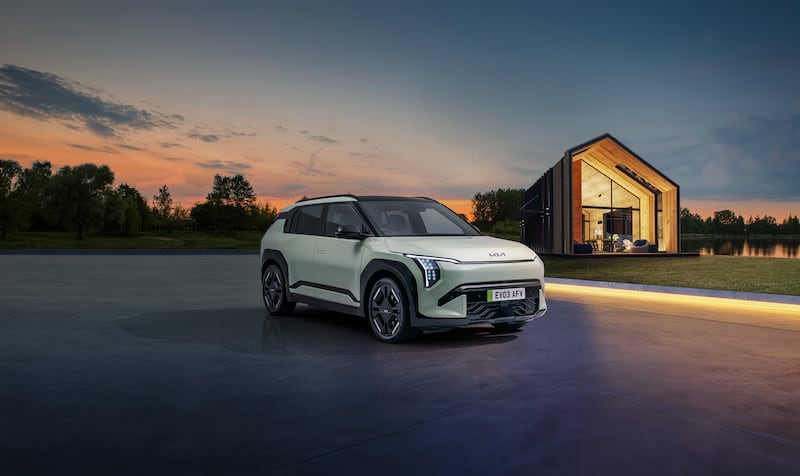
The EV3 will actually go on sale in Ireland in December, and although at the time of writing we don’t have a precise price for it, it should be one of the more affordable mid-size EVs around. It’s basically about the same size as a VW Golf, but taller to give it more of an SUV look. Indeed, it looks very much like Kia’s larger EV9 seven-seat SUV has wandered in front of a shrinking ray, or taken up a role in the new Ant-Man movie.
Inside, the EV3 gets a light, bright and minimalist interior, with big screens and soft recycled furnishings. There’s one electric motor choice – a 202hp motor driving the front wheels – and two battery options, with 58kWh capacity and 430km of range, or a big-battery 81kWh unit with a whopping 600 miles of range. Given the huge sales success of Kia’s bigger, pricier, EV6, expect this one to be a big seller.
Dacia Spring
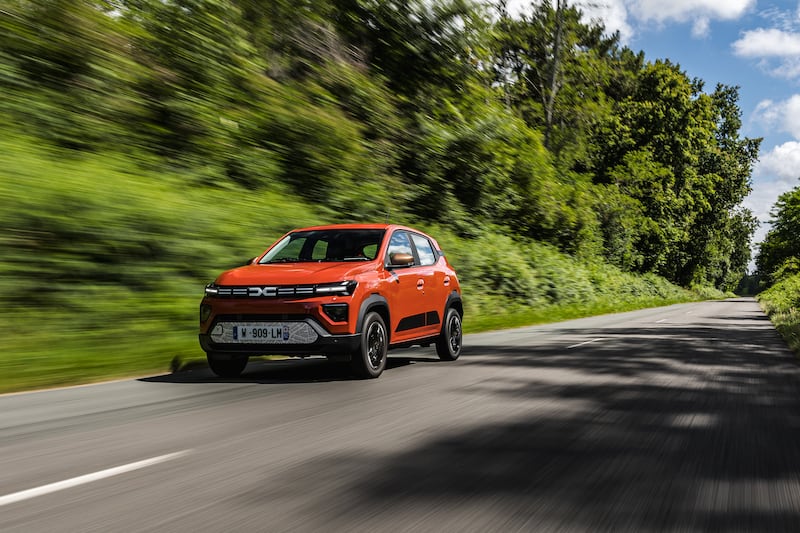
Technically, the Dacia Spring isn’t new – it was originally launched, in left-hand-drive-only form, three years ago as one of the most affordable electric cars of all, albeit with a relatively small battery and a short range. Now, the Spring’s been given a new look, a smarter cabin, and a slightly improved range – up to the heady heights of 225km for the most expensive model – and more power – 65hp? Man can’t live at that speed!
Dacia Ireland still hasn’t released prices for the new Spring in advance of its arrival here towards the end of the year but if it’s not by far the most affordable EV on the market, we’d be amazed. The good news is that it’s also rather nice to drive, and usefully roomy inside. Cheap, yes, but far from the bargain-bucket grimness than you might think.
Audi A6 e-tron
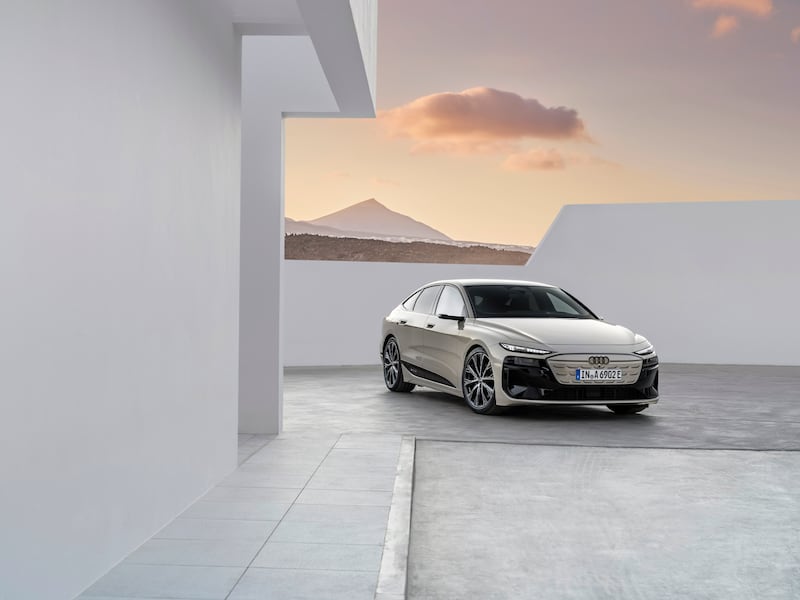
Audi is changing its entire model line-up, making all of its even-numbered cars electric and all of its odd-numbered cars hybrid and petrol or diesel powered. Hence the new A5 isn’t a coupe but a replacement for the old A4 saloon and estate.
One number up comes something a little more radical – the new A6 e-tron. It should have been on sale earlier this year but delays in developing its complicated software held it back and it’s only now that the A6 is available for Irish buyers to order, with deliveries due to begin in early 2025. It’s a truly striking car and with its big 94kWh battery, the sleek saloon version can manage up to 750km on one charge.
Would you sacrifice a few kilometres of range for the even more handsome A6 e-tron Avant estate? We would. Or there’s the high-performance S6 model (0-100km/h in 3.9 seconds…). Prices actually undercut its rivals from BMW and Mercedes, in spite of the extra range, so this could be a real breakthrough EV model for Audi.
BMW iX3
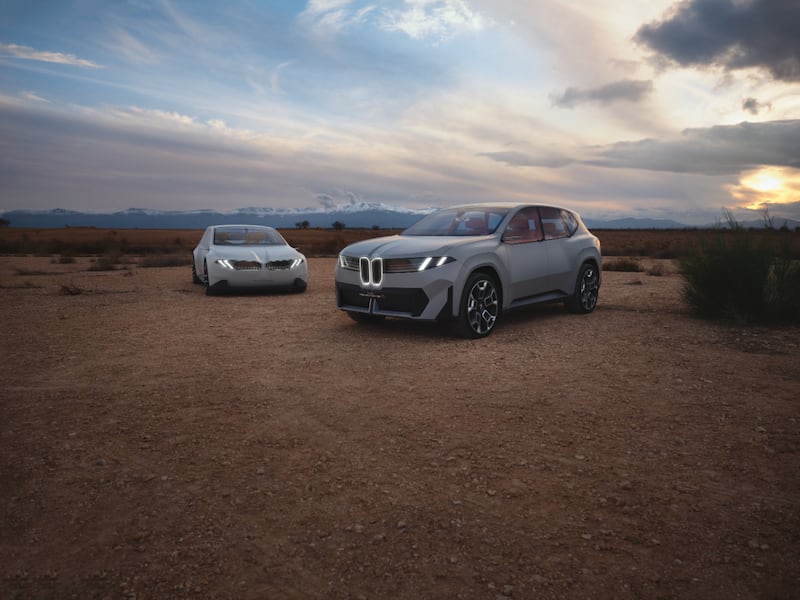
BMW has just launched a new X3 SUV, fitted with conventional petrol and diesel engines and a long-range plug-in hybrid, but a new all-electric iX3 has been conspicuously missing from the line-up. That’s because the next iX3 won’t be based on the X3 at all but will use BMW’s high-tech ‘Neue Klasse’ (do you really need me to translate that?) electric car platform, which will make it one of the most advanced and high-tech EVs around.
BMW is working on a new battery pack design for this iX3, which will cut costs but also extend range, by about 30 per cent, meaning that the next iX3 should be able to manage as much as 600km on a full charge. It will also get dramatic, angular styling (prettier than the current iX by a long stroke) and a bright, airy, minimalist interior. The only downside to buying one might be that the even better-looking, longer-ranged Neue Klasse i3 saloon will launch a year later.
Hyundai Inster
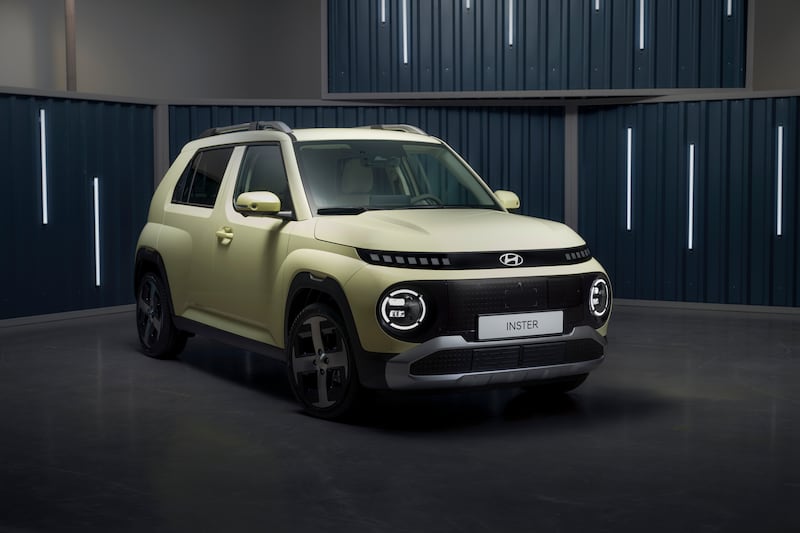
If affordable EVs are the thing we need to break electric cars through the current barriers to mass-market acceptance, then Hyundai is definitely going to play its part in that with this new Inster. Based on the small Casper crossover (which is only sold in east Asian markets) the Inster is a small compact crossover-cum-supermini, which kind of puts us in mind of the old Suzuki Ignis.
Underneath it will get a choice of 42kWh or 49kWh batteries, giving it a range of between 300km and 350km, and crucially it should have a starting price of less than €25,000. Inside, the cabin gets lots of recycled and up-cycled materials, and there’s a decent 10.25-inch touchscreen which is a good addition for the likely price. Small, cute, and affordable. Hopefully this is a harbinger of more EVs to come.
Peugeot E-5008
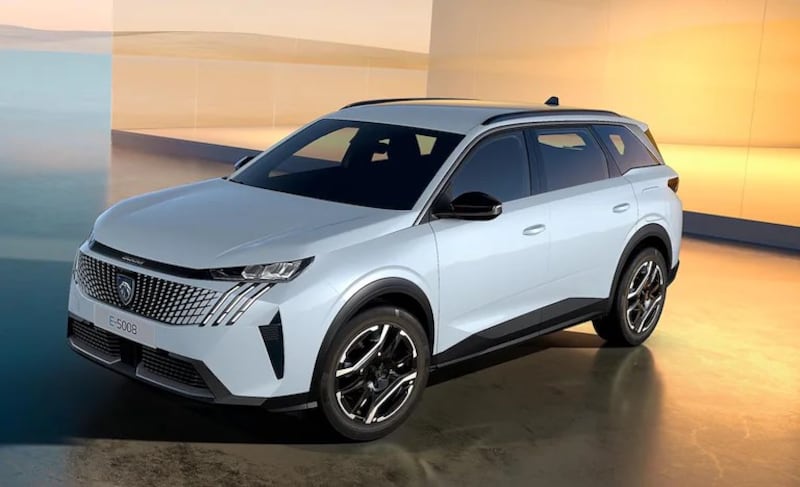
Peugeot will introduce the big, roomy, seven-seat E-5008 before the end of the year in Ireland. It’s that rare thing — a family friendly EV with room for seven that doesn’t come with an outrageous price tag, and it takes on much pricier rivals such as the Kia EV9. Initially, the E-5008 will come with a 73kWh battery pack which gives it a reasonable claimed range of 500km, but if you’re willing to wait, and spend a little more, there will be an ultra-long-range model coming in 2025 with a 98kWh battery and a range of more than 660km. Incidentally, the smaller E-3008 will also get that big battery, which will stretch its range to a massive 700km.
Peugeot E-408
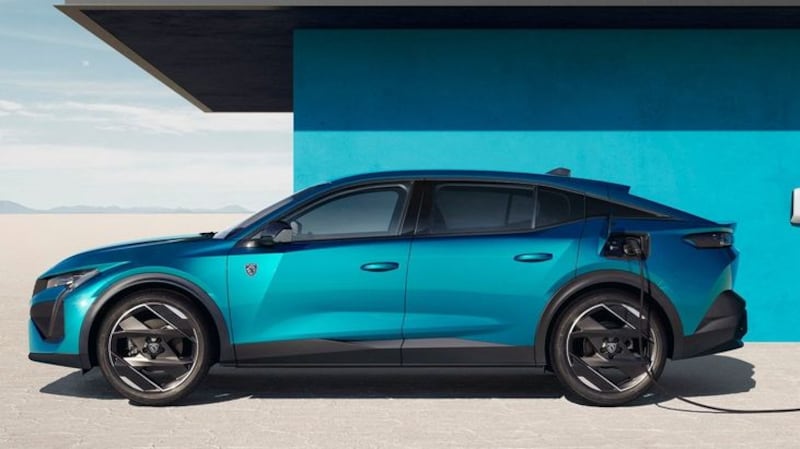
With the arrival of the E-408, Peugeot’s electric car lineup is, for now, complete and there’s a fully-electric version of every Peugeot passenger car model, aside from the 508 saloon and estate which is leaving production shortly. The E-408 can be considered as the 508′s electric replacement, given its low-slung style and roomy cabin. Unlike the E-308 hatchback, which shares its structure with the E-408 but which only has a small 51kWh battery and a 400km range, the E-408 gets a slightly larger 58kWh battery and a more useable 453km range.
Ford Capri
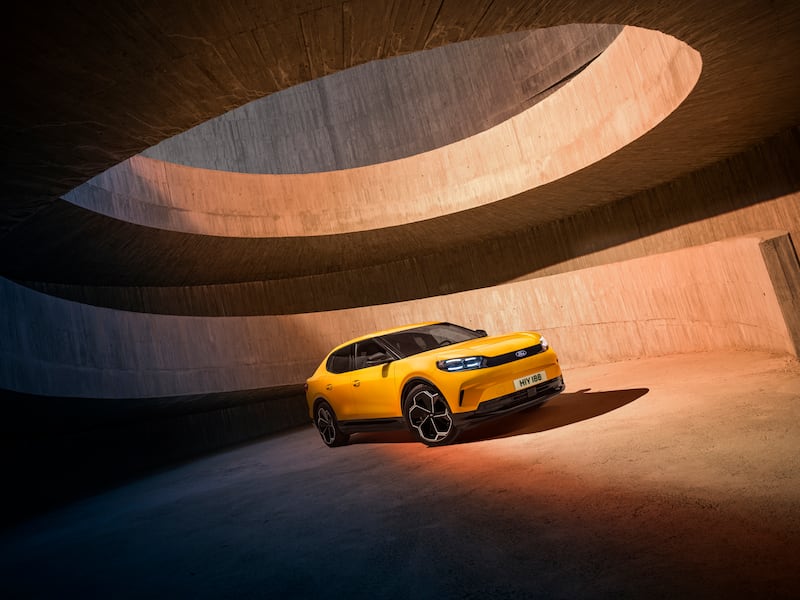
We wait ages for a new Ford EV and then two come along at once. The new electric Ford Explorer’s debut has been so long delayed that its actual on-sale launch has bumped up against the publicity for this, the new Ford Capri, which is effectively the coupe-roofed version of the Explorer.
Ford has had all manner of bad publicity for reviving the classic Capri name on a big, heavy, electric SUV but possibly much of the ire comes from those forgetting that the original Carpi, unless it has a V6 engine, was pretty forgettable to drive, and often woefully badly made too.
This new one might be a sacrilege to the name, but it’ll be quicker than any old Capri (286hp rear-drive or 340hp four-wheel drive options) and while it’s hardly what you’d call gorgeous, it is at least a little more interesting to look at than the Explorer. It offers a maximum 627km range and it’s not even unreasonably priced. Capri is just a badge, after all ...
Alpine A290 and A390
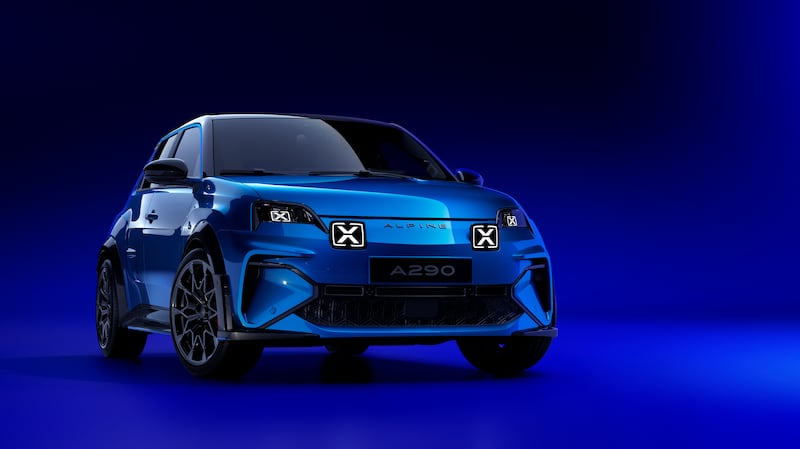
Alpine is Renault’s sports car and racing brand but it’s also increasingly being seen as an EV spearhead for Renault. While Alpine might be misfiring on the racetrack at the moment (although its Le Mans squad is doing rather better than the troubled F1 team), it’s making all the right noises about putting fun-to-drive electric cars on sale.
The first of these is the dinky A290, which is an Alpine version of Renault’s ultra-cute new Renault 5 EV. It gets tweaked suspension and steering, and a little more power for the electric motor but most of all it gets the cutest little set of rally spotlights you’ve ever seen, which are arguably reason enough to buy one. The bigger A390 – so far shown only as a concept car but heading for production in 2025 – is Alpine’s take on the Renault Scenic EV platform, offering lots of range, plenty of comfort and, crucially, more driving fun thanks to trick suspension and torque-vectoring electric motors.
Fiat Grande Panda
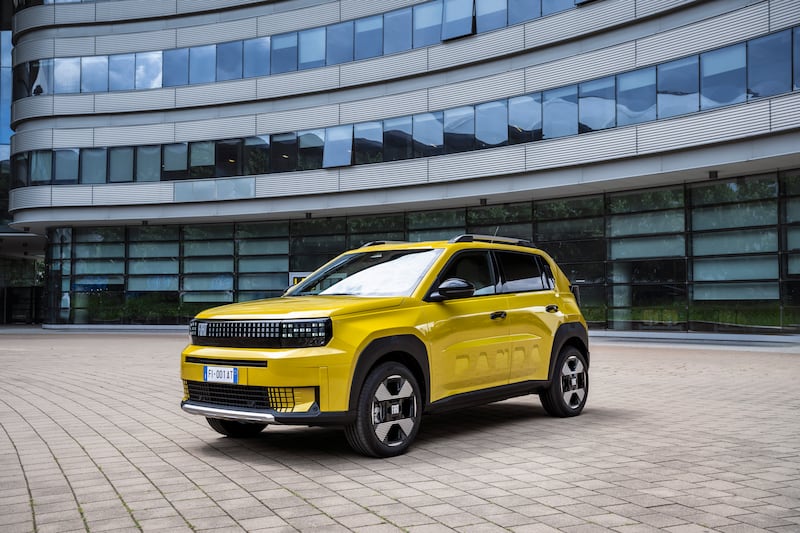
To tackle a new era of motoring, Fiat is reviving one of its most revered badges – the Panda. There’s a definite flavour of the flat-panelled Guigiaro original Panda of the 1980s about this new Grande Panda’s styling but it’s been brought right up to date with cool ‘pixel’ headlights and brake lights, and the panels down the side, stamped with the Panda name, are retro-gorgeous.
The electric Grande Panda (there will be a hybrid model too) will have a range of around 300km from a 44kWh battery pack, and Fiat has come up with possibly the best innovation in electric car motoring since the heat pump – a charging cable built into the car, which retracts like the cord of a vacuum cleaner when you’re finished with it. No more coiling up wet, dirty cables after a charging session.
Will this Grande Panda be more of a sales success than the – currently on production pause – 500e? A sub-€25,000 price tag should ensure that it is.
Citroen eC3
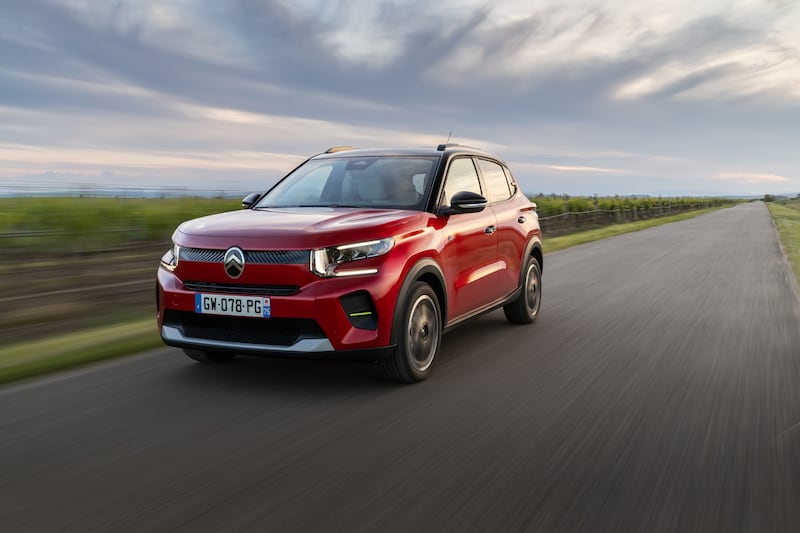
The Citroen eC3 is a stablemate to the Fiat Grande Panda and shares that car’s cheap and cheerful nature, not to mention much of its blocky styling – although the Citroen’s headlights are distressingly more conventional than those of the Fiat.
It’s all about being affordable though, with a likely sub-€25,000 price tag and a useful range of up to 300km. Citroen has been working feverishly behind the scenes to cut the costs of making the eC3 so that the car can compete on price with its Chinese rivals, so we’ll have to see if that cost-cutting has produced something cheap and cheerful or cheap and nasty, but the early omens are good.
Opel Frontera
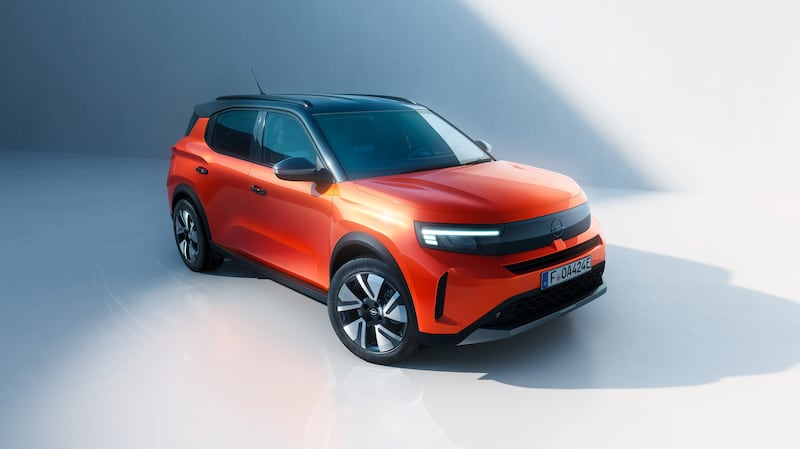
Yes, the Frontera name is back. Opel last used it in the 1990s on its first ever SUV model but now the Frontera returns and this time it’s a compact electric (there’s a hybrid version too) SUV with space for the family but a small price tag. How small? That’s TBC but it should be less than €30,000 for something that looks like it ought to be rather more expensive.
There’s the option of twin 10-inch widescreen displays in the cabin, and a big 460-litre boot out the back. There will also be two battery options, one with a 305km range and one with a 400km range, so you can juggle your range needs and purchase price accordingly. Best of all? A seven-seat version is on the way too.
BYD Sealion 7
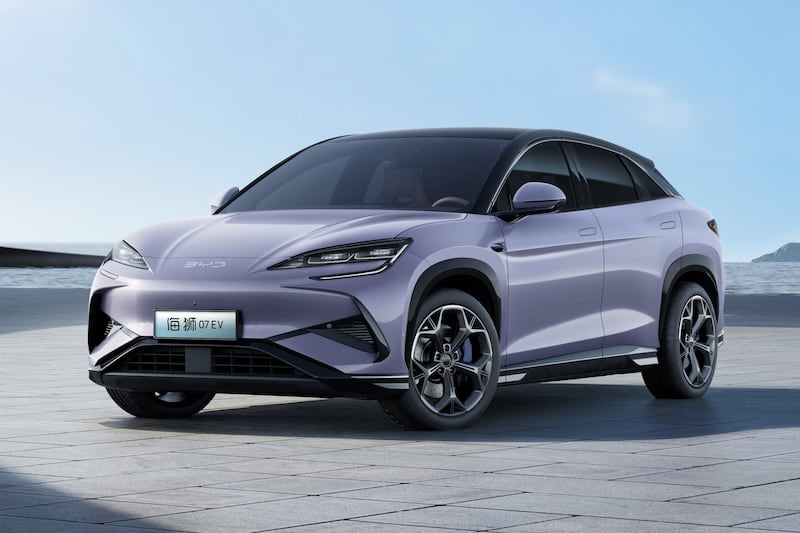
BYD has already made a big impact on the Irish EV market, with the sleek Seal saloon and the affordable Dolphin hatch. Next up – and before the arrival of the rather handsome Seal 6 hatchback – comes this, the Sealion 7. Essentially it’s the current Seal saloon but stretched upwards a bit to make it into an SUV and given a fastback tailgate instead of a separate boot. That boot can hold up to 500 litres of luggage, which is a useful practicality boost over the Seal saloon.
The cabin is basically the same, with the same 15-inch rotating touchscreen (rather a fiddly one to use) and you’ll be able to choose between 310hp rear-wheel drive or 525hp four-wheel drive models, with ranges of up to 610km thanks to a larger battery. That battery, of course, is BYD’s own design, a lithium-iron phosphate unit that offers potential benefits in reliability and longevity compared to rival lithium-ion designs.
Opel Grandland
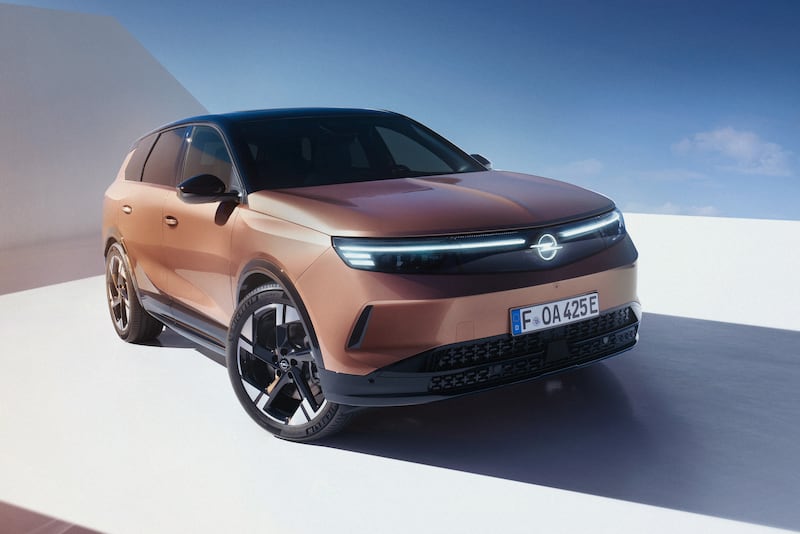
If the new Frontera is going to be Opel’s affordable electric SUV, then the new Grandland is going to be at the opposite end of the spectrum. This one is based on the new STLA platform, which is being shared across all of the Stellantis Group’s car brands, and it can pack enough batteries for some serious range.
How much range? Well, topping 700km has been spoken of but that’s for the expensive 98kWh battery option, and we do know that the Grandland will get a second mid-size battery, larger than the 73kWh one offered by Peugeot in the mechanically similar E-3008, and offering a range in and around 600km.
The Grandland gets classy, minimalist looks inside and out, with lots of space in the back seats but – as of yet – no seven-seat option. That long range allied to fast 160kW charging should make this one of the more painless EVs to own.
Skoda Elroq
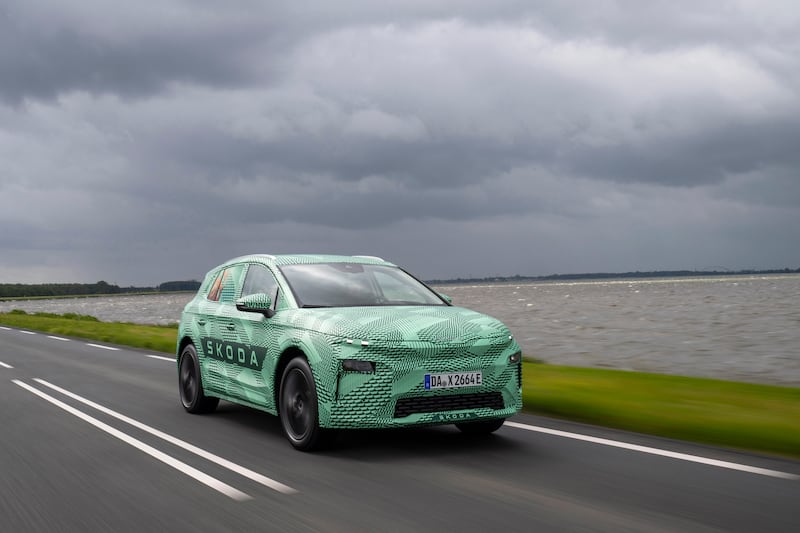
Skoda has done well with the big electric Enyaq SUV and coupe so expect some big things with the new Elroq. The styling is sharper and more finely honed, and actually kicks off a new styling ‘language’ for the whole brand, so expect plenty of future Skodas to copy the Elroq’s look.
The Elroq is sized to be a rival to the likes of Hyundai’s Kona Electric and the Kia Niro Electric, and it has a useful 470 litre boot, plus roomy back seats. Basic models get a 170hp motor and a 55kWh battery good for a range of around 400km, while there will be a slightly rangier 63kWh version with the same motor. There will also be an 85 model, with a 77kWh battery, a 285hp motor and a potential range of more than 550km. Skoda is also beefing up its charging system for the Elroq, so up to 175kW of charging speed will be possible, from a DC charging point.
















